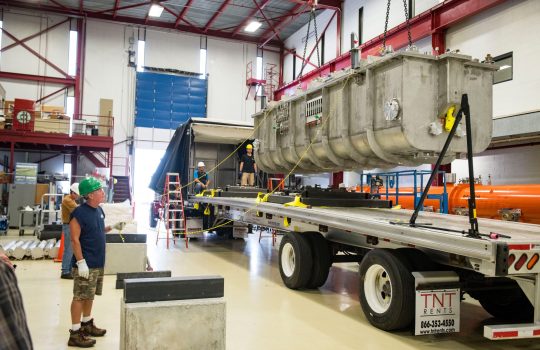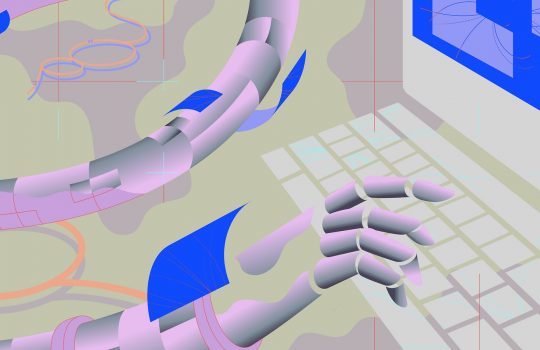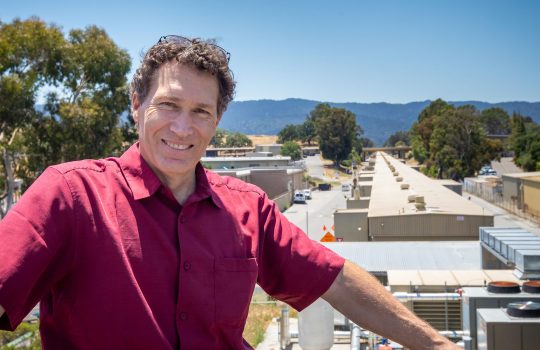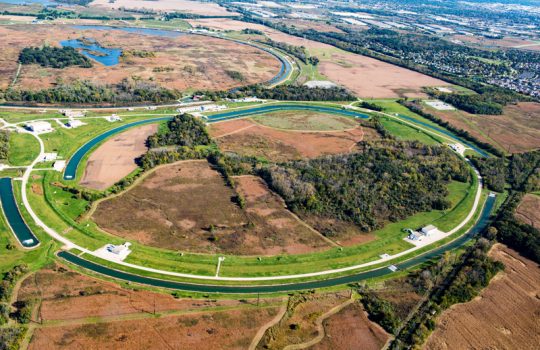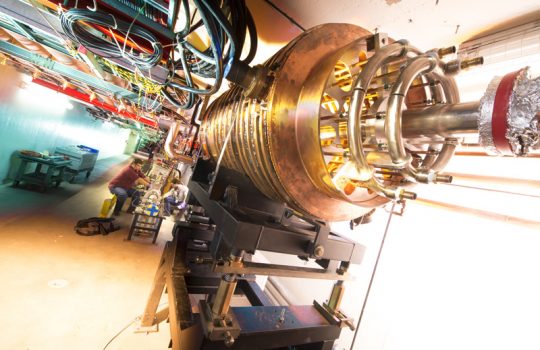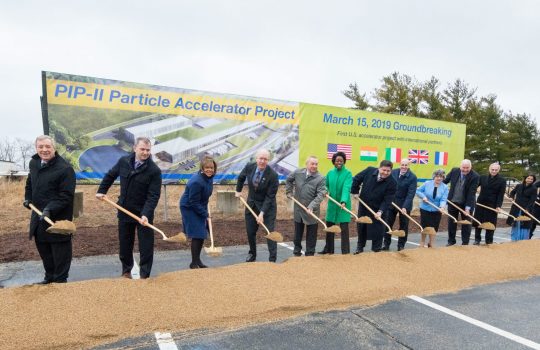First major superconducting component for new high-power particle accelerator arrives at Fermilab
The first major superconducting section of the PIP-II accelerator has come to Fermilab: the first of 23 cryomodules for the future accelerator. The cryomodules’ job is to get the lab’s powerful proton beam up and moving, sending it to higher and higher energies, approaching the speed of light. This first cryomodule also represents a successful joint effort between Argonne National Laboratory and Fermilab to design and produce a critical accelerator component for the future heart of Fermilab.

